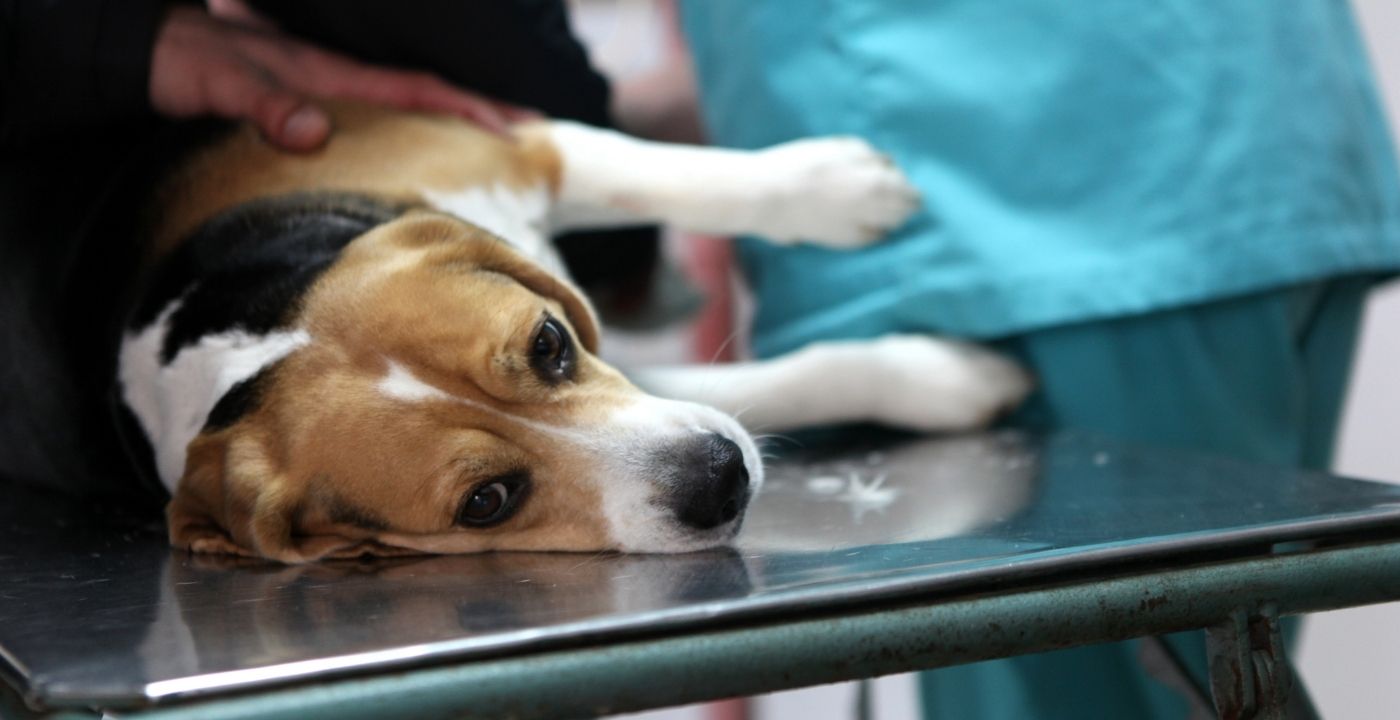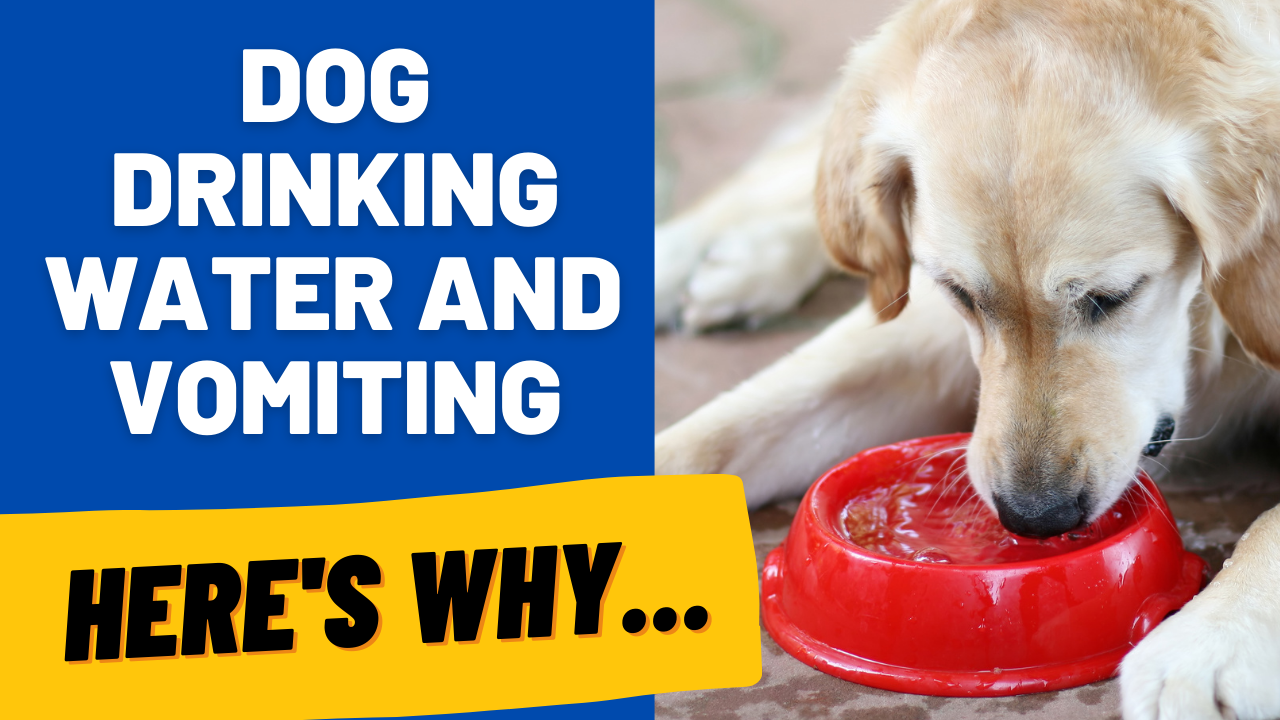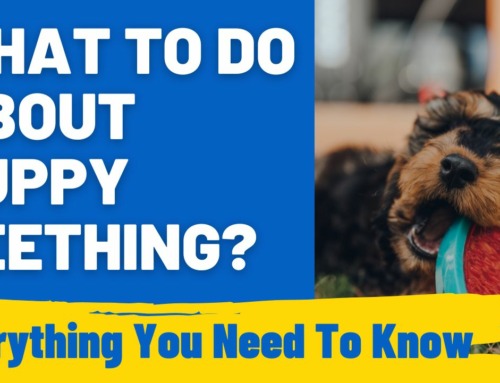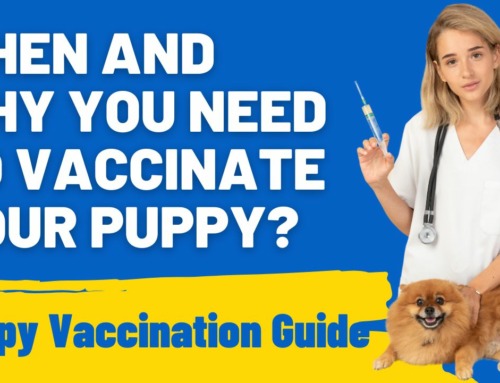Is your dog vomiting but still wanting to drink water? Or is your dog vomiting when they drink water? This can be due to many reasons. Some can be very serious, while others can be nothing to worry about. When monitoring your dog who has just vomited, there are some signs that you need to look out for. There are also some things you can try at home to help stop your dog from vomiting before taking them to the vet.
How to stop your dog from throwing up after drinking water
Some dogs will drink water very quickly and then will vomit shortly after drinking their water. There are a few ways that you can help prevent your dog from vomiting right after drinking water, such as:
- Give your dog ice cubes and water: When you give your dog water, fill up the bowl with ice cubes, then add in water. Your dogs will be forced to drink water slower. They will have to get the water that is around the ice cubes and then slowly let the ice melt for more water.
- Let your dog drink from a fountain: If your dog is drinking from running water, it will make them drink a little slower. You can purchase a water fountain specifically for your dog to drink from, such as Veken Pet Fountain.
- Only give them a small amount at a time: If your dog is drinking their water very fast, give them a small amount of water at a time. Once they drink this water, then you can add a little more to their bowl until they have drunk all the water that they want. This can be more time-consuming on your part since you have to stand and watch them drink water.
If you think your dog is drinking too much water, you might want to read our post, How Much Water Should Your Dog Drink: (With Chart!)
Dog not eating but drinking water and vomiting
These are some common reasons that your dog is not eating and vomiting.
- Parasites: Worms are commonly seen in dogs and puppies. They can cause your dog to vomit occasionally and not want to eat sometimes. Many times, these parasites also cause your dog to have diarrhea. Often you can see some of these parasites in your dog’s stool. Your vet can check a stool sample from your dog to see what parasites your dog has and can start them on the appropriate dewormer to kill these worms.
- Foreign Body Obstruction: If your dog has an obstruction, they may be vomiting and not eating. Many of these dogs will still want to drink water. This helps keep them hydrated since they are vomiting.
- Bloat: Bloat is the layman’s term for gastric dilatation and volvulus.
- Gastroenteritis: An infection or inflammation in your dog’s intestines can cause your dog to vomit and not eat. Many dogs, even if they are sick, will drink water. This is the main way that they try to keep themselves hydrated.
- Heat Stroke: If your dog gets overheated, they may not want to eat and maybe vomit. Many of these dogs will drink a lot of water and often vomit this water right back up. If your dog is suffering from heatstroke, it would be best to bring them inside in the cool and place a fan in front of them to help cool them off. Also, putting cool, wet towels on their body will help cool them down quickly.
If your dog is not eating, is vomiting, and is having diarrhea, they should see your vet right away.
Your vet can help rule out any underlying medical issue and start your dog on medication to help them feel much better.
If your dog is pooping jelly as well, then be sure to read our post, Dog is Pooping Jelly: (What To Do)

Why your dog is throwing up undigested food after drinking water
Just like with water, some dogs will eat the food really quickly, then drink water and throw this undigested food right back up.
If your dog is eating very fast, you need to slow down their eating. These are some things that you can use to help slow down your dog from eating too fast and then vomiting.
- Busy Bowl: These bowls can easily be purchased at your local pet store or favorite online pet retailer. These bowls have a maze that your pet has to move kibble through in order to eat this food. This will slow your dog down while they are eating so that their food can digest.
- Placing a Large Can in their Bowl: You can also place a large can that is too heavy for them to pick up. This will cause them to have to work around the can in order to eat their food. This will slow them down
- Put food in a muffin Tin: When you feed your dog, put a small amount of food in each whole in your muffin pan. This will make your dog eat just a small amount of food at a time. It also requires them to move from hole to hole to get their food, helping their food fully digest and not vomit it right back up.
Other times that your dog may vomit water
Some dogs will vomit water after certain events, such as:
- First thing in the morning
- After exercising
- After drinking cold water
If your dog continues to vomit water during these times, try to only offer a small amount of water at a time and keep them from drinking their water too fast.
When taking your dog for a walk, it’s best to stop every 10 to 15 minutes and give your dog some cool water to drink to help keep them adequately hydrated.
Is your dog obsessed with water? You might want to read this.
What else can you do for a dog that is vomiting and not eating?
If your dog is not eating and also vomiting, they may be sick and have gastroenteritis, pancreatitis, or another disease. These are some things that you can try at home to help:
- Withhold food for 4 to 6 hours: If your dog’s stomach is upset, not giving them food for a few hours will allow their stomach to calm down. When you start to offer food again, make sure it is a small amount of a bland diet.
- Entice them to eat: Some dogs will eat more willingly if they are offered human food. Things like chicken and rice. Also, adding a scrambled egg to their food will help. When cooking any human food for your dog, try to make it as bland as possible. No fats, oils, butter, or seasoning should be used as this can make your dog’s stomach issue worse.
- Give them a Probiotic: If your dog is vomiting and having diarrhea, they have also disrupted the normal bacteria flora found in their stomach and intestines. Common probiotics that you can find at the pet store are fortiflora and Proviable.
- Give them over-the-counter GI medications: Some GI medications used for people can also be given to dogs. Things like Pepcid and Imodium can help dogs with GI issues. Pepcid can help decrease the gastric acid build-up and help your dog who is vomiting. Imodium can help decrease your dog’s diarrhea. Before starting any new medications, ask your vet to make sure your dog can take these medications.
When should you worry and call your vet?
If your dog does not start to improve with at-home treatment after 12 to 24 hours, you should see your vet.
Some conditions are considered medical emergencies and should not try any at-home treatment. These are other conditions that would indicate that you need to skip the at-home treatment and see your vet right away.
- Bloody vomit
- Extremely Bloody diarrhea
- Very Lethargic
- Seizures
- Difficulty Breathing
- Pale Gums
- Bloated Abdomen
- Bleeding that you cannot get to stop
- Vomiting for more than 24 hours or more than 4 times a day
- Diarrhea that has not improved after 24 hours
All of these issues should see your vet right away. These signs can indicate a major health condition.
Your dog also may smell like metal, in which case be sure to read our post, Puppy smells like metal? (Causes and Concerns).
Final Thoughts
If your dog is vomiting but still drinking water, they may be dehydrated. Some dogs will drink water very quickly, causing them to vomit all the water and food right back up. Giving them things to help slow down their eating can help prevent your dog from vomiting.
If your dog also seems like they are sick and vomiting, it would be best for your dog to see your vet.
You might also like to read our post, When Is It Too Hot to Walk a Dog?




